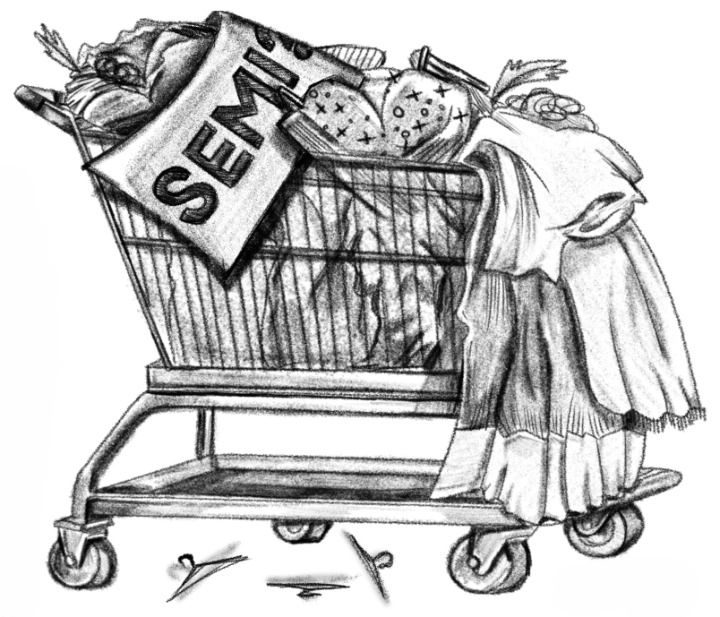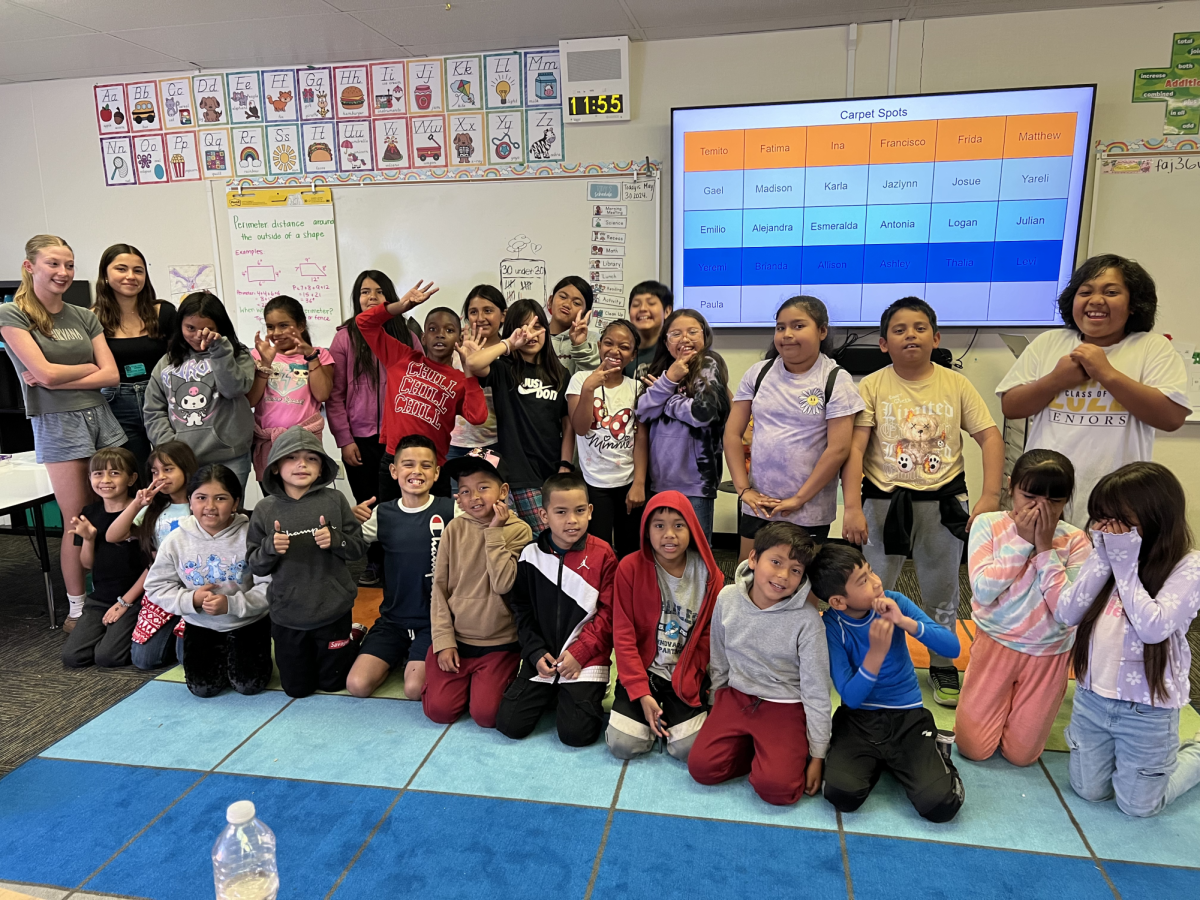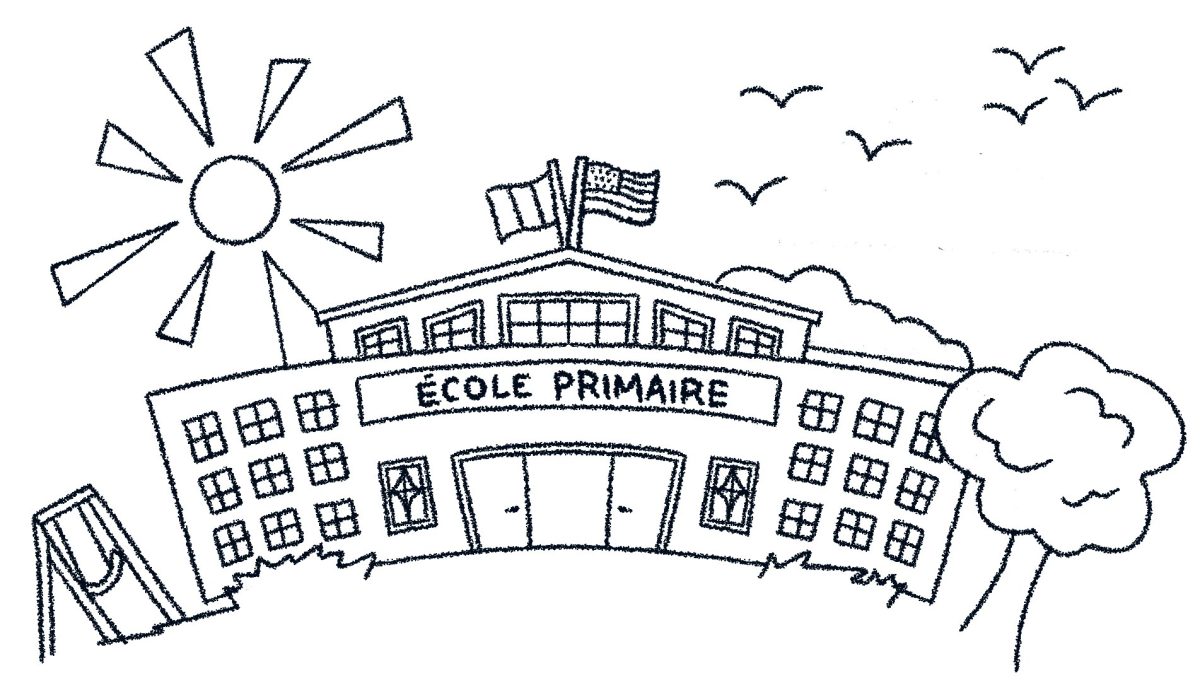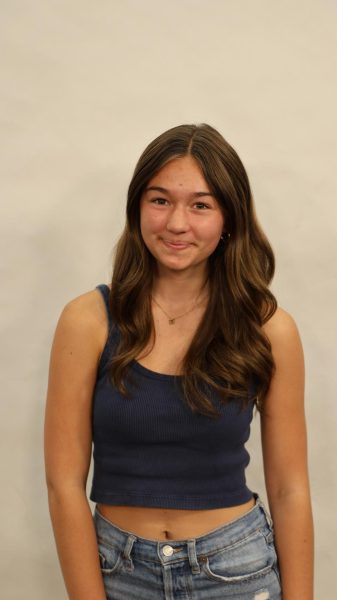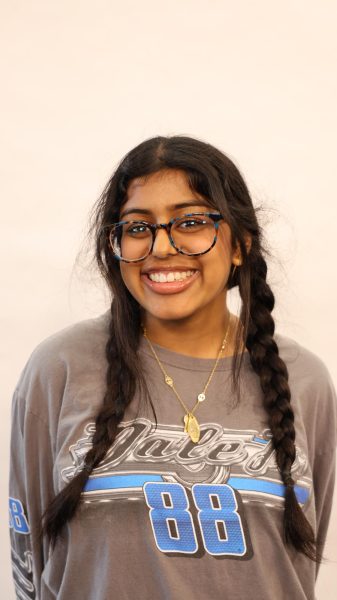There are few things at Menlo that generate as much conversation, drama and excitement as the Menlo Semi-Formal Dance. With so many implied expectations and traditions, Semi can be a stressful time for students, but the dance can also be something fun to partake in and talk about.
In terms of formal dances, Menlo differs from other schools in the Bay Area by not having a formal homecoming dance. Junior Anne Escher believes that because of this, Semi-Formal becomes an unnecessarily big deal for Menlo students, especially underclassmen who usually do not attend prom. According to Escher, the timing of Semi-Formal also contributes to an overemphasis on the event, given that it falls within Menlo’s third quarter of academics and the winter season, a time when students are typically stressed and overwhelmed.
Junior Landon Lee believes that Semi is particularly emphasized at Menlo because it’s an opportunity for different grades to interact with each other and bond. Although he finds Semi to be an overall positive experience, Lee also notes that some of the implicit expectations, like creating a poster or attending with a date, could also place unnecessary pressure on Menlo students.
Senior Julia Capasso agrees that there is an unspoken expectation to attend Semi with a date, find the perfect dress and create the most elaborate public Semi ask. “It’s definitely difficult figuring out who’s going with who and trying not to leave someone without a date,” Capasso said.
In a different way, Escher attributes some of the stress that comes from Semi to how documented the event is on social media, which she believes leads to pressure to create a memorable poster, have a date, and find the perfect dress. “People want to document everything and make it look aesthetic […], which definitely takes away from the experience,” Escher said.
However, Menlo’s Semi-Formal wasn’t always such a big deal. According to Upper School Dance teacher and Menlo alum, Angela Curotto-Pierson (‘07), when she attended Menlo, Semi was not seen as a major event. The public Semi asks and pressure to attend with a date were nonexistent. Like Escher, Curotto-Pierson believes that these expectations come from an inherent need to post the event on social media.
According to alum and Upper School assistant volleyball coach Riley Holland (‘19), Semi was considerably more extreme throughout her time at Menlo. Semi asks would not be communicated privately first, and instead students created elaborate, public Semi-asks, such as singing original songs or posters personally tailored to the person being asked. “I feel like no one would think to text someone first [about attending the dance together],” Holland said.
Additionally, Holland notes that the issue of inclusivity was questioned regarding Semi pre-parties. Menlo’s parent teams recently started planning grade-wide pre-parties, a tradition that was not established when Holland was a student. “I remember freshman year there was this giant issue, like a whole giant fight [about pre-parties and who would get invited] that lasted for a month,” Holland said.
Despite the possibility of stressful expectations, Semi will continue to act as a school-bonding opportunity that incites conversation and excitement among students. The way to make the most of a Semi experience is to use the excitement to your advantage and focus on the positive aspects of Semi. “I think we [make Semi-Formal into a big deal] because we find it fun,” Capasso said.


